Table of Contents
Moonstone isn’t a single‑look gem, it’s an entire family of feldspars that flash everything from icy blue to warm peach and even midnight black. Below you’ll find a moonstone color chart in words, side‑by‑side descriptions for the most popular moonstone types, and quick ID tips so you can tell rainbow moonstone vs moonstone with traditional adularescence at a glance.
Need stones for a project? Browse our full Moonstone Crystal Collection or explore the rest of our lineup at the best online gemstone store.
What Does a Moonstone Look Like?
In its finest form moonstone is nearly colorless, transparent to translucent, and shows a floating, electric‑blue sheen called adularescence. Trace minerals, structural growth, or tiny plate‑like inclusions can shift that glow into other colors—or veil it in milky body tones—creating the different types of moonstone we see on the market today.

Moonstone Color Chart
|
Hue family |
Surface glow |
Typical trade names |
|
Colorless / Ice |
Bright blue or silver sheen |
Classic Blue Moonstone, Ceylon Moonstone |
|
White–Gray |
Soft white sheen, sometimes cat’s‑eye |
White Moonstone, Gray Moonstone |
|
Multi‑hue flashes |
Blue + pink + yellow in one stone |
Rainbow Moonstone |
|
Peach / Brown |
Peach body, creamy sheen |
Peach Moonstone, Brown Moonstone |
|
Green |
Pistachio to sage, subdued glow |
Green Moonstone |
|
Black |
Charcoal body with silvery light |
Black Moonstone |
|
Chatoyant band |
Single light band across cab |
Cat’s‑Eye Moonstone |
If you want lab data on birefringence, RI, and cleavage planes, see Gem Decoded: Moonstone

Classic or “Traditional” Moonstone Types
Blue (Ceylon) Moonstone
-
Look: Glassy, near‑colorless body with an electric, centralized blue billow that glides as the stone moves.
-
Source hot‑spots: Meetiyagoda, Sri Lanka; Southern India.
-
Value notes: Top gems are over 90 % transparent, show vivid blue, and weigh 3–5 ct; prices can exceed $50 – $500 / ct.

White & Gray Moonstone
-
Look: Opaque to translucent body, pearly white or dove gray, with soft misty glow.
-
Best use: Boho beaded bracelets or moon‑themed pendants.
-
Durability tip: At Mohs 6–6.5 and perfect cleavage, avoid prong‑heavy ring settings—use bezels or halos.

Warm‑Tone Varieties
Peach & Brown Moonstone
-
Look: Pastel peach, sandy tan, or cinnamon bodies; sheen is cream or honey.
-
Metaphysical vibe: Feminine energy, heart‑chakra balance.
-
Styling: Rose gold bezel sets off the warmth.

Green Moonstone
-
Look: Pistachio to mint body with soft, diffuse white glow.
-
Rarity: Mined mainly in India and Madagascar in small cabochon sizes.
Dark & Chatoyant Types
Black Moonstone
-
Look: Smoky to charcoal body, silvery glow; sometimes shows “shadow play” that rolls inside the stone.
-
Design idea: Contrast with white pearls for lunar‑eclipse earrings.

Cat’s‑Eye Moonstone
-
Look: Single white line that sweeps across the cabochon when rotated—caused by aligned needle inclusions.
-
Cut: Always high‑dome cab; the sharper the line, the higher the value.

(Cat’s‑eye lovers: compare cleaning rules with our How to Tell if Malachite Is Real; both stones need gentle handling.)
Rainbow Moonstone vs “Regular” Moonstone
|
Feature |
Rainbow Moonstone |
Traditional Blue Moonstone |
|
Mineral species |
Feldspar labradorite variety |
Feldspar mix of orthoclase + albite |
|
Body color |
Generally milky white |
Near‑colorless to very light gray |
|
Optical effect |
Multi‑colored flashes (blue, pink, yellow) |
Single blue or silver sheen |
|
Market perception |
Modern, “mystical,” pairs well with sterling |
Classic, rarer, priced higher per carat |
Collectors often lump both under “types of moonstone,” but gem labs will label rainbow moonstone as labradorite feldspar due to its chemistry.
Buying tip: For matched lots, confirm species on invoices; rainbow stones cost less per carat and have bolder flash that hides minor scratches—ideal for stacked rings or rough‑cut pendants.
Choosing the Right Moonstone for Your Design
-
Evaluate adularescence first. A strong, centered blue flash outranks sheer size for value.
-
Match body tones. In multi‑stone pieces, keep white moonstone with white, peach with peach, etc., to avoid visual discord.
-
Check for cracks. Yes, moonstones can crack easily—perfect cleavage means a single bump on a countertop can split a cab in two.
-
Set accordingly. Use full bezels for rings; prongs are fine for earrings or pendants.
-
Confirm treatments. Genuine moonstone is rarely treated, but polymer‑backed triplets exist; reputable sellers disclose.

Need a refresher on TLC? Our pillar post General Gemstone Care Guide outlines safest cleaners, storage hacks, and travel tips.
Ready to add lunar magic to your designs? Explore our Rainbow Moonstone Collection for matched pairs, statement cabs, and wholesale parcels—or shop the rest of our catalog at the best place to buy loose gemstones online and build your next best‑selling line.
Frequently Asked Questions
Q1. What color is moonstone, really?
Ans: Anything from clear with blue sheen to white, gray, peach, green, or black. The sheen color and body tone together define the trade name.
Q2. Are rainbow moonstones real moonstones?
Ans: They’re real feldspar gems but belong to the labradorite side of the family. Jewelers accept them as a modern moonstone type because of the multi‑color flash.
Q3. Which moonstone type is most valuable?
Ans: Top‑grade, near‑transparent blue moonstone from Sri Lanka usually fetches the highest per‑carat prices.
Q4. Does the stone’s color change how I clean it?
Ans: No—whether rainbow or peach, stick to lukewarm water, mild soap, and a soft brush. Ultrasonic and steam cleaners can exploit cleavage and cause cracks.
Visited 953 No. of Time(s), 66 Visit(s) Today
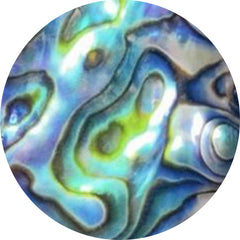 ABALONE SHELL (104)
ABALONE SHELL (104)
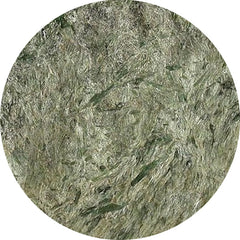 ACTINOLITE (3)
ACTINOLITE (3)
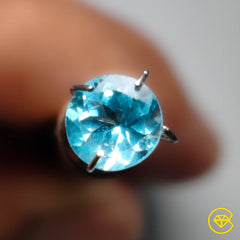 Affordable Gemstones (17212)
Affordable Gemstones (17212)
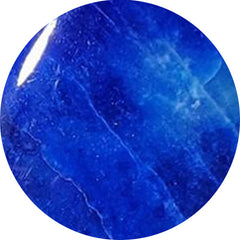 AFGHANITE (9)
AFGHANITE (9)
 AGATE (2594)
AGATE (2594)
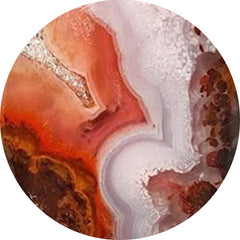 AGUA NUEVA (11)
AGUA NUEVA (11)
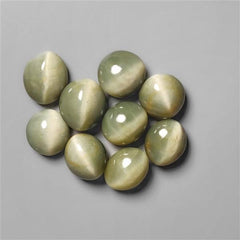 All Gemstones (3)
All Gemstones (3)
 AMAZONITE (181)
AMAZONITE (181)
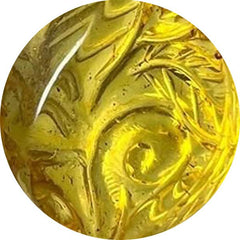 AMBER (133)
AMBER (133)
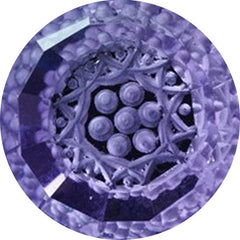 Amethyst (554)
Amethyst (554)
 AMETRINE (0)
AMETRINE (0)
 AMMOLITE (23)
AMMOLITE (23)
 AMMONITE (81)
AMMONITE (81)
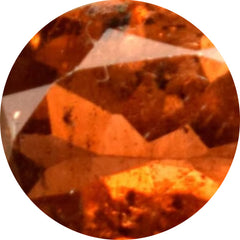 ANDALUSITE (1)
ANDALUSITE (1)
 ANDAMOOKA OPAL (0)
ANDAMOOKA OPAL (0)
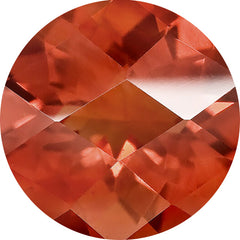 ANDESINE (1)
ANDESINE (1)
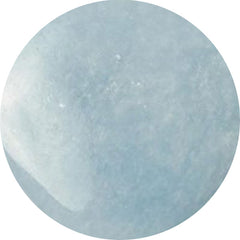 ANGELITE (32)
ANGELITE (32)
 APACHE GOLD (24)
APACHE GOLD (24)
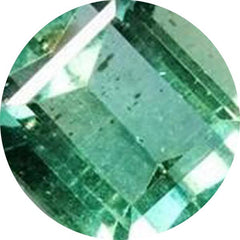 APATITE (124)
APATITE (124)
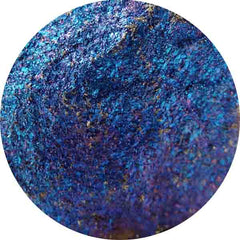 APOPHYLLITE (1)
APOPHYLLITE (1)
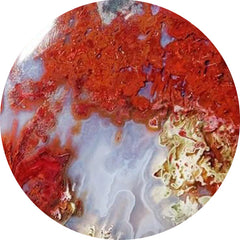 APPLE VALLEY AGATE (0)
APPLE VALLEY AGATE (0)
 APRIL BIRTHSTONE (41)
APRIL BIRTHSTONE (41)
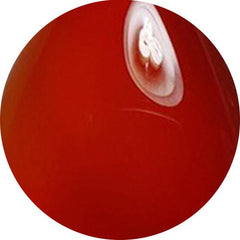 AQEEQ (0)
AQEEQ (0)
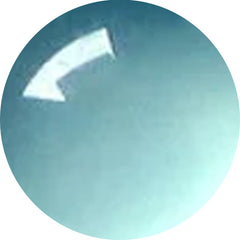 AQUA CHALCEDONY (23)
AQUA CHALCEDONY (23)
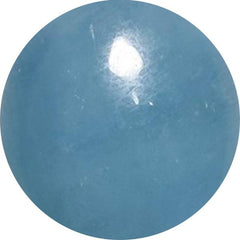 AQUAMARINE (100)
AQUAMARINE (100)
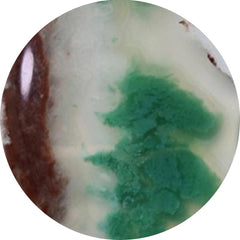 AQUAPRASE (62)
AQUAPRASE (62)
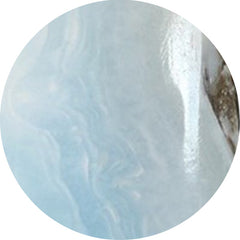 ARAGONITE (2)
ARAGONITE (2)
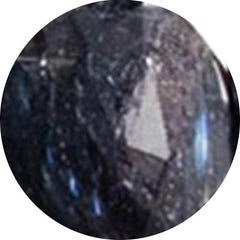 ARFVEDSONITE (12)
ARFVEDSONITE (12)
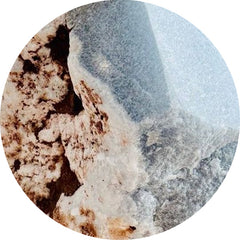 ARISTOLITE (0)
ARISTOLITE (0)
 ARIZONA TURQUOISE (0)
ARIZONA TURQUOISE (0)
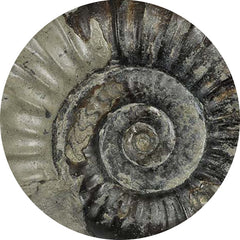 ARNIOCERAS SEMICOSTATUM FOSSIL (0)
ARNIOCERAS SEMICOSTATUM FOSSIL (0)
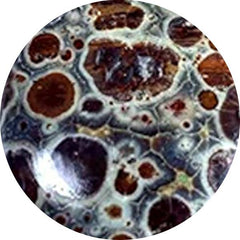 ASTEROID JASPER (11)
ASTEROID JASPER (11)
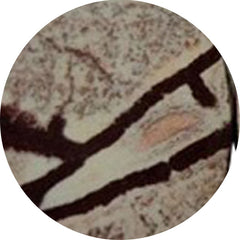 ASTROPHYLLITE (54)
ASTROPHYLLITE (54)
 ATLANTASITE (91)
ATLANTASITE (91)
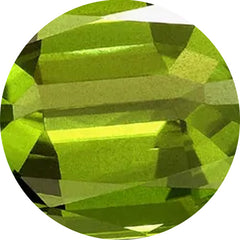 AUGUST BIRTHSTONE (24)
AUGUST BIRTHSTONE (24)
 AURA QUARTZ (0)
AURA QUARTZ (0)
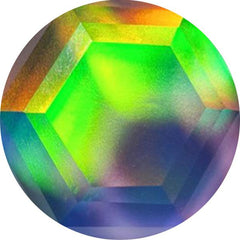 AURORA OPAL (262)
AURORA OPAL (262)
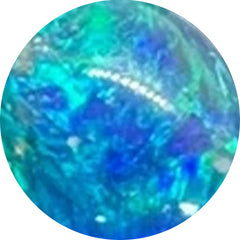 AUSTRALIAN OPAL (7)
AUSTRALIAN OPAL (7)
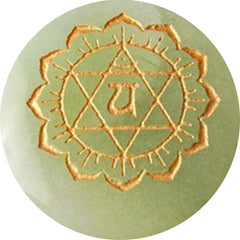 AVENTURINE (70)
AVENTURINE (70)
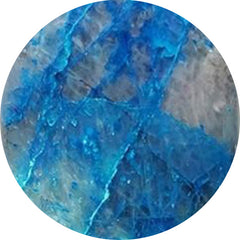 AZURITE (284)
AZURITE (284)
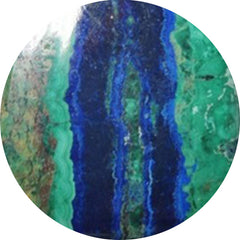 AZURITE MALACHITE (26)
AZURITE MALACHITE (26)
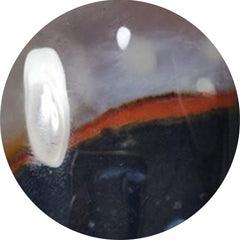 BANDED AGATE (84)
BANDED AGATE (84)
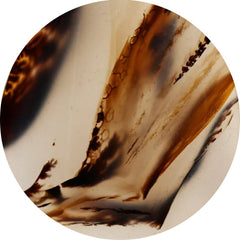 BARBER AGATE (0)
BARBER AGATE (0)
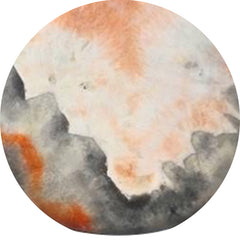 BARITE (13)
BARITE (13)
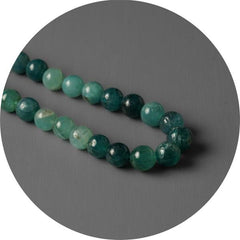 Beads (55)
Beads (55)
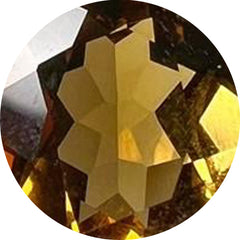 BEER QUARTZ (24)
BEER QUARTZ (24)
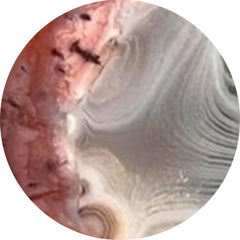 BERBER AGATE (5)
BERBER AGATE (5)
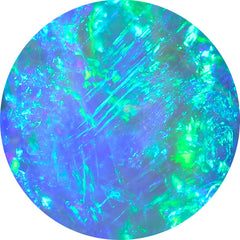 Best Seller (0)
Best Seller (0)
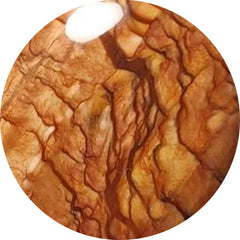 BIGGS JASPER (34)
BIGGS JASPER (34)
 Bird Carving (91)
Bird Carving (91)
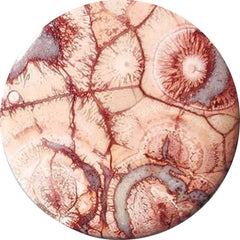 BIRD EYE JASPER (50)
BIRD EYE JASPER (50)
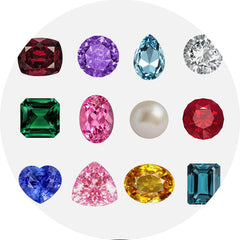 Birthstones (0)
Birthstones (0)
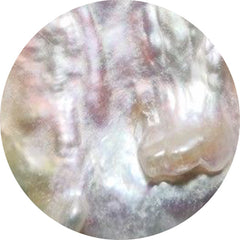 BIWA PEARL (37)
BIWA PEARL (37)
 Black Gemstones (943)
Black Gemstones (943)
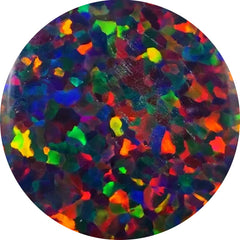 BLACK OPAL (35)
BLACK OPAL (35)
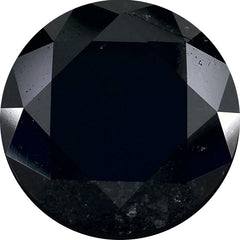 BLACK SPINEL (23)
BLACK SPINEL (23)
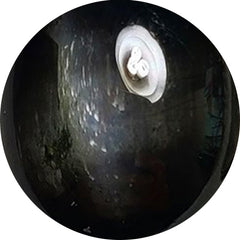 BLACK STAR (30)
BLACK STAR (30)
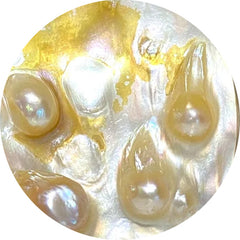 BLISTER PEARL (32)
BLISTER PEARL (32)
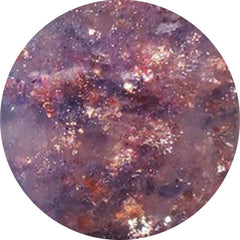 BLOODSHOT IOLITE (75)
BLOODSHOT IOLITE (75)
 BLOODSTONE (70)
BLOODSTONE (70)
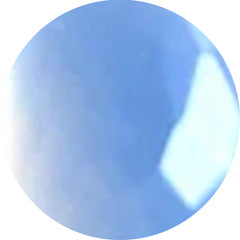 BLUE CHALCEDONY (44)
BLUE CHALCEDONY (44)
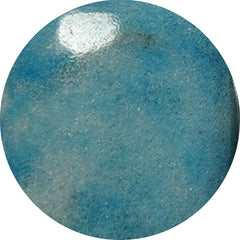 BLUE DIOPSIDE (0)
BLUE DIOPSIDE (0)
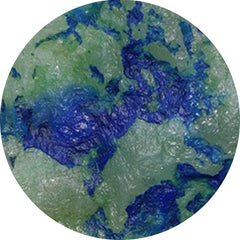 BLUE HORIZON (15)
BLUE HORIZON (15)
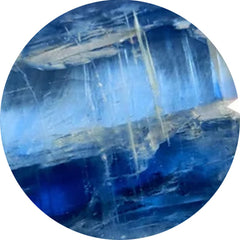 BLUE KYANITE (41)
BLUE KYANITE (41)
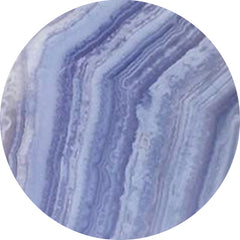 BLUE LACE AGATE (266)
BLUE LACE AGATE (266)
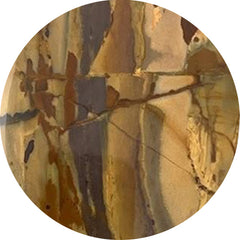 BLUE MOUNTAIN JASPER (0)
BLUE MOUNTAIN JASPER (0)
 BLUE OPAL (168)
BLUE OPAL (168)
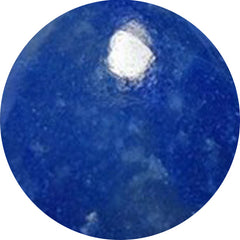 BLUE QUARTZ (40)
BLUE QUARTZ (40)
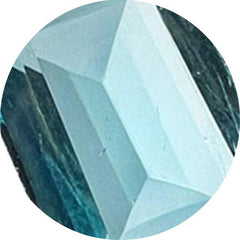 BLUE TOPAZ (63)
BLUE TOPAZ (63)
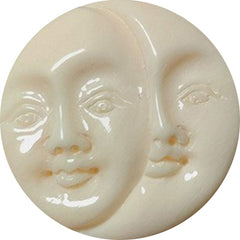 BONE (24)
BONE (24)
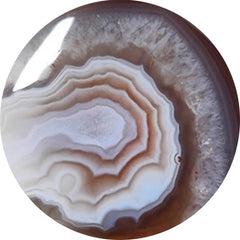 BOTSWANA AGATE (251)
BOTSWANA AGATE (251)
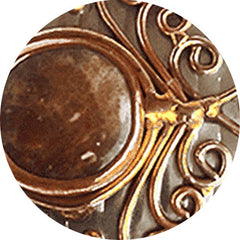 BRONZE (0)
BRONZE (0)
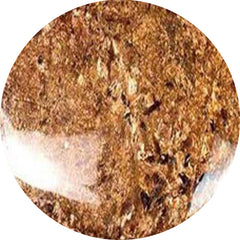 BRONZITE (2)
BRONZITE (2)
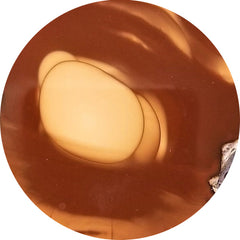 BRUNEAU JASPER (15)
BRUNEAU JASPER (15)
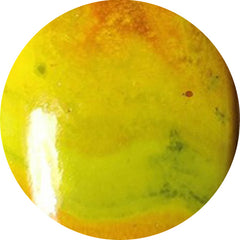 BUMBLE BEE JASPER (208)
BUMBLE BEE JASPER (208)
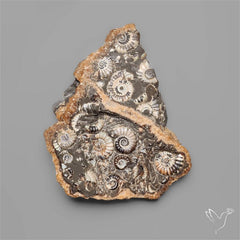 Buy Gemstones In USA (599)
Buy Gemstones In USA (599)
 Cabochons (12987)
Cabochons (12987)
 CACOXENITE (67)
CACOXENITE (67)
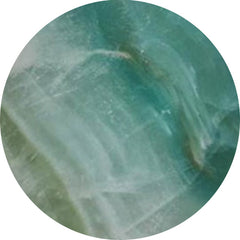 CALCITE (189)
CALCITE (189)
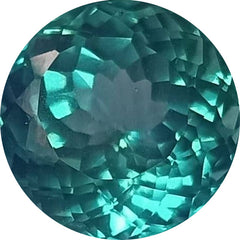 Calibrated (152)
Calibrated (152)
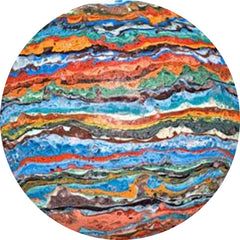 CALSILICA (0)
CALSILICA (0)
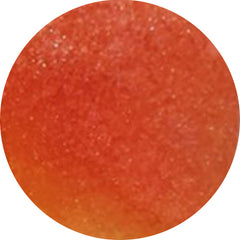 CANDY CORN (6)
CANDY CORN (6)
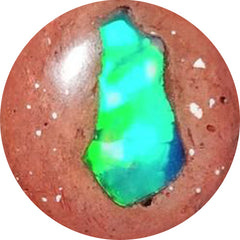 CANTERA OPAL (18)
CANTERA OPAL (18)
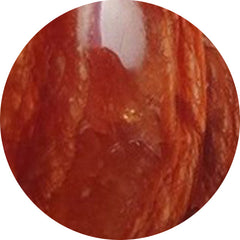 CARAMEL OPAL (2)
CARAMEL OPAL (2)
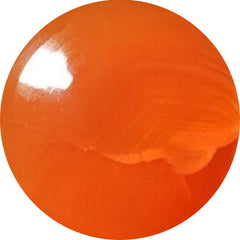 CARNELIAN AGATE (61)
CARNELIAN AGATE (61)
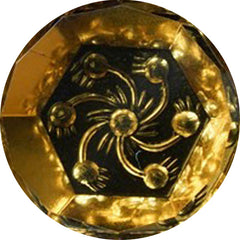 CARVING (1796)
CARVING (1796)
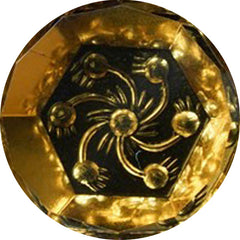 Carvings (2046)
Carvings (2046)
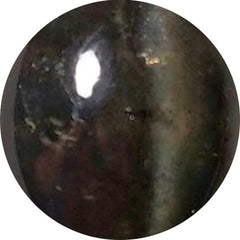 CATS EYE (64)
CATS EYE (64)
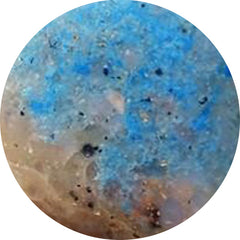 CAVANSITE (16)
CAVANSITE (16)
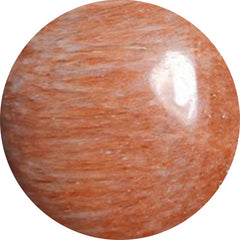 CELESTOBARITE (7)
CELESTOBARITE (7)
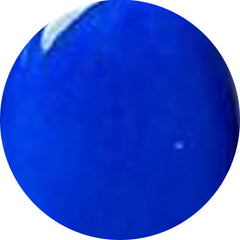 CERULEITE (0)
CERULEITE (0)
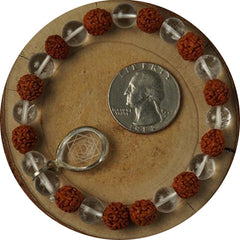 CHAKRA STONE (1)
CHAKRA STONE (1)
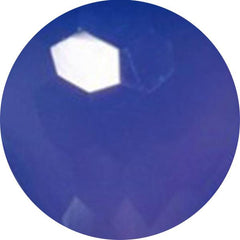 CHALCEDONY (476)
CHALCEDONY (476)
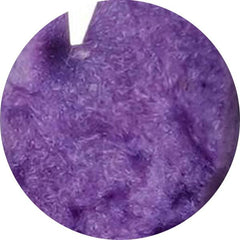 CHAROITE (187)
CHAROITE (187)
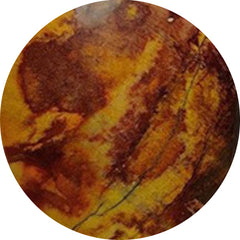 CHERRY CREEK JASPER (10)
CHERRY CREEK JASPER (10)
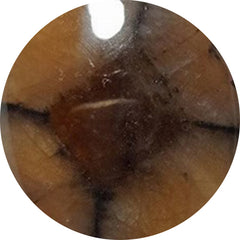 CHIASTOLITE (18)
CHIASTOLITE (18)
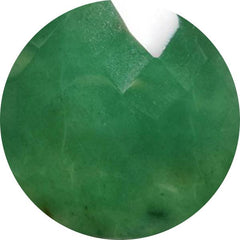 CHROME CHALCEDONY (80)
CHROME CHALCEDONY (80)
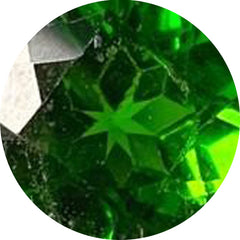 CHROME DIOPSIDE (23)
CHROME DIOPSIDE (23)
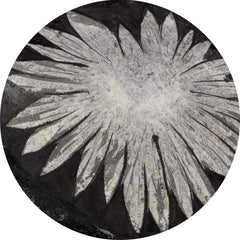 CHRYSANTHEMUM FOSSIL (0)
CHRYSANTHEMUM FOSSIL (0)
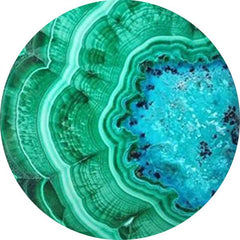 CHRYSOCOLLA (382)
CHRYSOCOLLA (382)
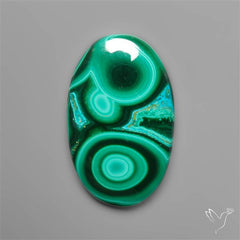 Chrysocolla Malachite (78)
Chrysocolla Malachite (78)
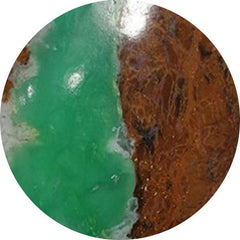 CHRYSOPRASE (282)
CHRYSOPRASE (282)
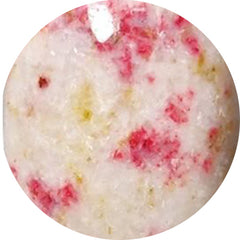 CINNABAR (20)
CINNABAR (20)
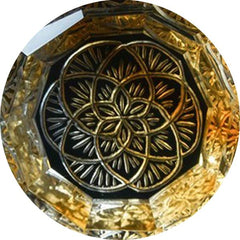 CITRINE (93)
CITRINE (93)
 COBALTO CALCITE (67)
COBALTO CALCITE (67)
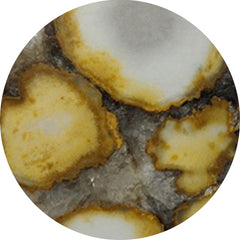 COBRA JASPER (30)
COBRA JASPER (30)
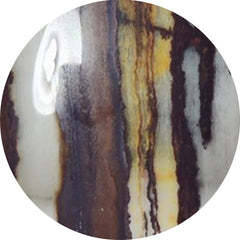 COCONUT JASPER (2)
COCONUT JASPER (2)
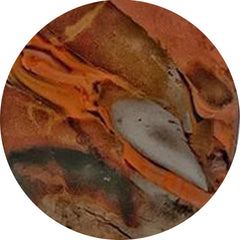 COFFEE BEAN JASPER (2)
COFFEE BEAN JASPER (2)
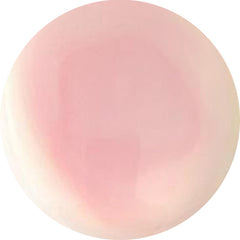 CONCH SHELL (9)
CONCH SHELL (9)
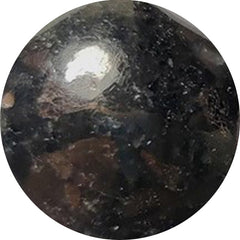 COPPERNITE (0)
COPPERNITE (0)
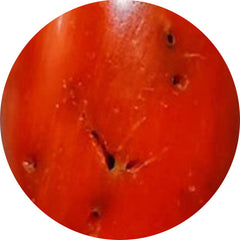 CORAL (343)
CORAL (343)
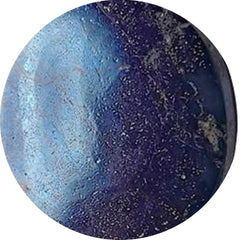 COVELLITE (8)
COVELLITE (8)
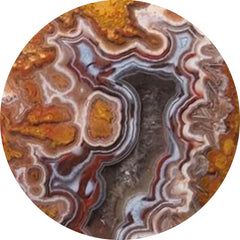 CRAZY LACE AGATE (193)
CRAZY LACE AGATE (193)
 CRYSTAL (218)
CRYSTAL (218)
 CUPRITE (31)
CUPRITE (31)
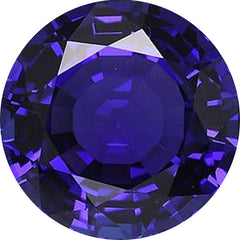 DECEMBER BIRTHSTONE (63)
DECEMBER BIRTHSTONE (63)
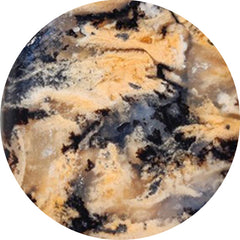 DENDRITIC AGATE (481)
DENDRITIC AGATE (481)
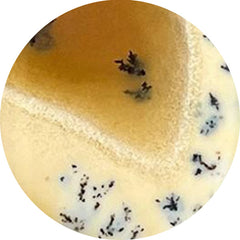 DENDRITIC OPAL (82)
DENDRITIC OPAL (82)
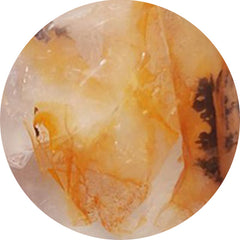 DENDRITIC QUARTZ (2)
DENDRITIC QUARTZ (2)
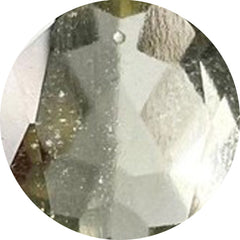 DESERT GLASS (9)
DESERT GLASS (9)
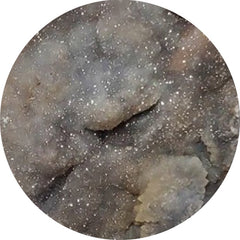 DESERT JASPER DRUZY (14)
DESERT JASPER DRUZY (14)
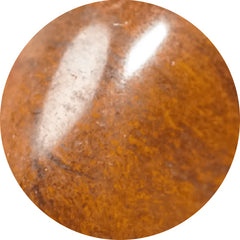 DESERT SUNSET JASPER (9)
DESERT SUNSET JASPER (9)
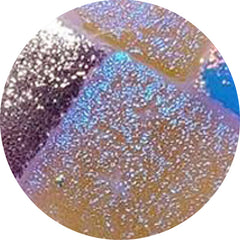 DICHROIC GLASS (141)
DICHROIC GLASS (141)
 DINOSAUR BONE FOSSIL (15)
DINOSAUR BONE FOSSIL (15)
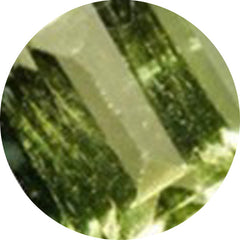 DIOPSIDE (55)
DIOPSIDE (55)
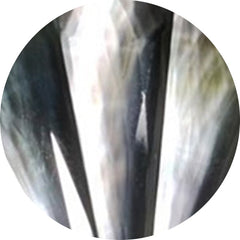 Doublets (820)
Doublets (820)
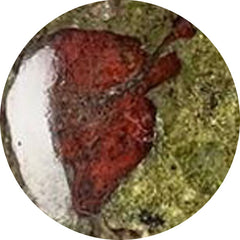 DRAGONBLOOD JASPER (1)
DRAGONBLOOD JASPER (1)
 DRUZY (400)
DRUZY (400)
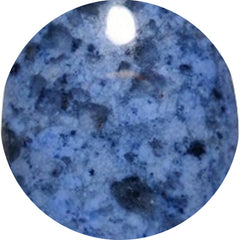 DUMORTIERITE (62)
DUMORTIERITE (62)
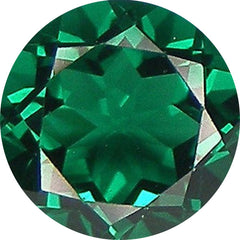 EMERALD (65)
EMERALD (65)
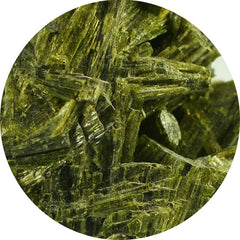 EPIDOTE (10)
EPIDOTE (10)
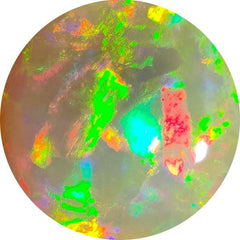 ETHIOPIAN OPAL (43)
ETHIOPIAN OPAL (43)
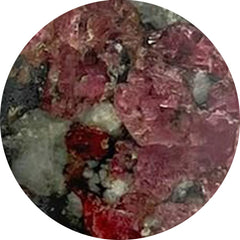 EUDIALYTE (12)
EUDIALYTE (12)
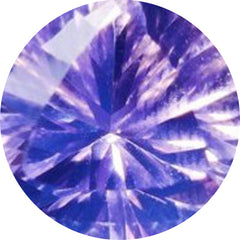 FACETED ROSE CUT (2026)
FACETED ROSE CUT (2026)
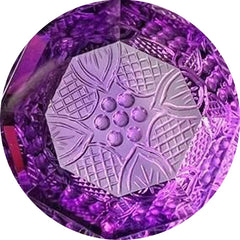 FANTASY CUTS (54)
FANTASY CUTS (54)
 FAWN JASPER (14)
FAWN JASPER (14)
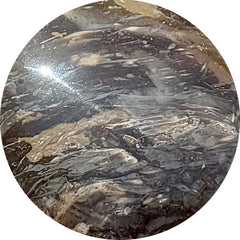 FEATHER AGATE (0)
FEATHER AGATE (0)
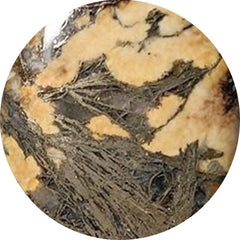 FEATHER PYRITE (38)
FEATHER PYRITE (38)
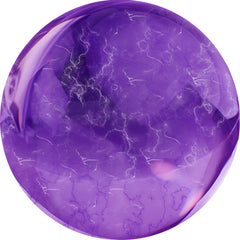 FEBRUARY BIRTHSTONE (554)
FEBRUARY BIRTHSTONE (554)
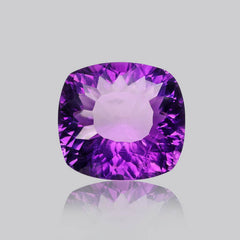 Fine Amethyst (27)
Fine Amethyst (27)
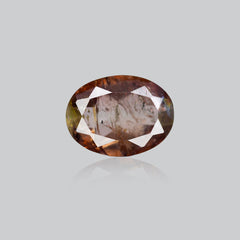 Fine Andalusite (1)
Fine Andalusite (1)
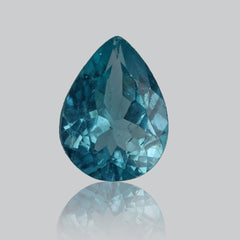 Fine Apatite (6)
Fine Apatite (6)
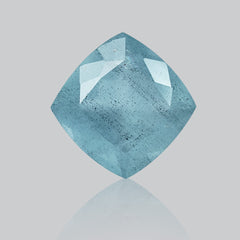 Fine Aquamarine (10)
Fine Aquamarine (10)
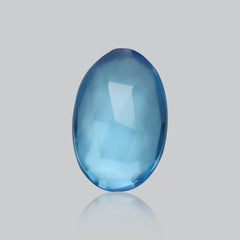 Fine Blue Topaz (41)
Fine Blue Topaz (41)
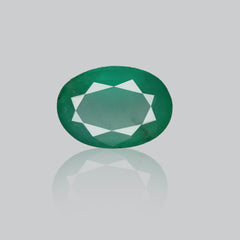 Fine Emerald (13)
Fine Emerald (13)
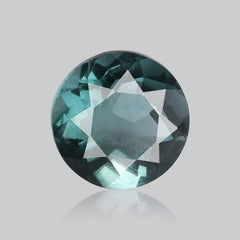 Fine Fluorite (12)
Fine Fluorite (12)
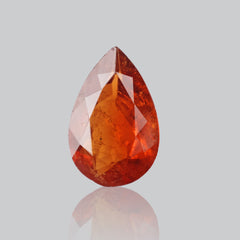 Fine Garnet (27)
Fine Garnet (27)
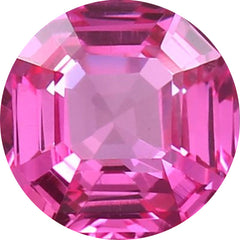 Fine Gemstone (0)
Fine Gemstone (0)
 Fine Iolite (10)
Fine Iolite (10)
 Fine Kyanite (30)
Fine Kyanite (30)
 Fine Moonstone (10)
Fine Moonstone (10)
 Fine Peridot (21)
Fine Peridot (21)
 Fine Prasiolite (27)
Fine Prasiolite (27)
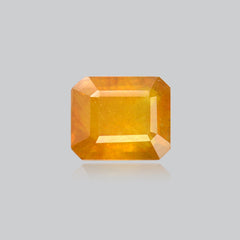 Fine Sapphire (1)
Fine Sapphire (1)
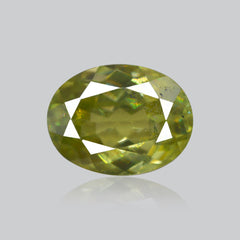 Fine Sphene (17)
Fine Sphene (17)
 Fine Sunstone (5)
Fine Sunstone (5)
 Fine Tanzanite (27)
Fine Tanzanite (27)
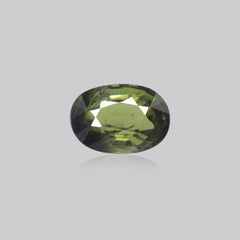 Fine Tourmaline (4)
Fine Tourmaline (4)
 FIRE AGATE (7)
FIRE AGATE (7)
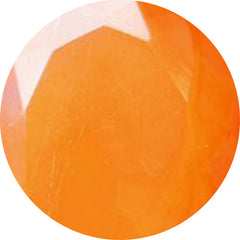 FIRE OPALS (8)
FIRE OPALS (8)
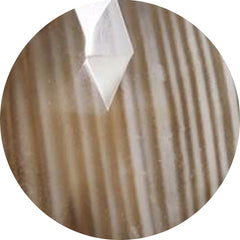 FLINT STONE (10)
FLINT STONE (10)
 FLUORITE (185)
FLUORITE (185)
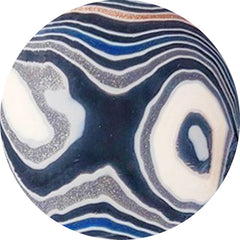 FORDITE (58)
FORDITE (58)
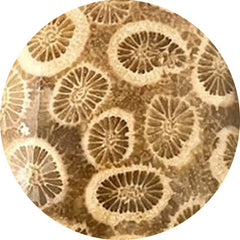 FOSSIL CORAL (295)
FOSSIL CORAL (295)
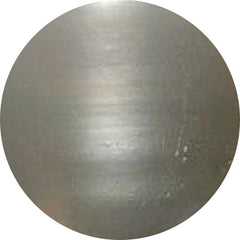 FOSSIL MARSTON MARBLE (22)
FOSSIL MARSTON MARBLE (22)
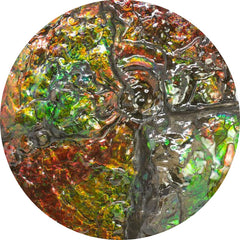 Fossils (527)
Fossils (527)
 FRESHWATER PEARL (23)
FRESHWATER PEARL (23)
 FRUIT JASPER (14)
FRUIT JASPER (14)
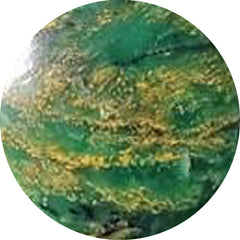 FUCHSITE (6)
FUCHSITE (6)
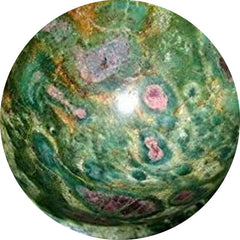 FUSCHITE (11)
FUSCHITE (11)
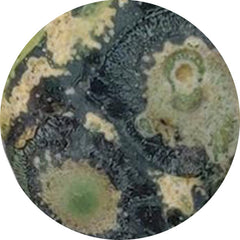 GALAXY JASPER (3)
GALAXY JASPER (3)
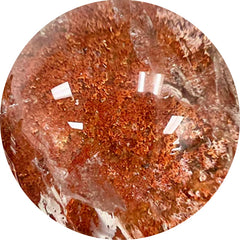 GARDEN QUARTZ (6)
GARDEN QUARTZ (6)
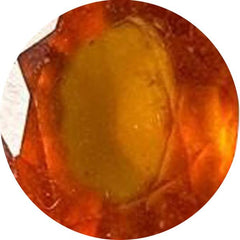 GARNET (117)
GARNET (117)
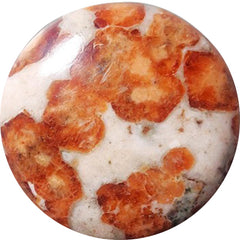 GARNET IN LIMESTONE (36)
GARNET IN LIMESTONE (36)
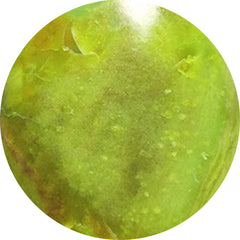 GASPEITE (14)
GASPEITE (14)
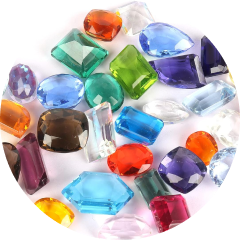 GEMSTONE LOTS (458)
GEMSTONE LOTS (458)
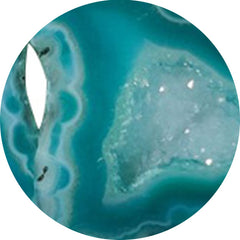 GEODE (17)
GEODE (17)
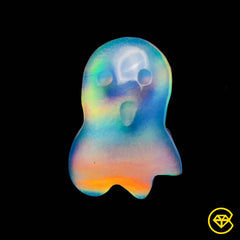 Ghost carving (64)
Ghost carving (64)
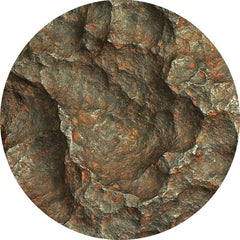 GIBEON METEORITE (24)
GIBEON METEORITE (24)
 GILA MONSTER AGATE (16)
GILA MONSTER AGATE (16)
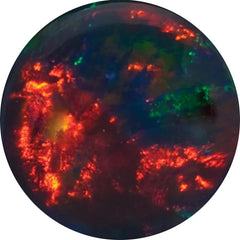 GILSON OPAL (23)
GILSON OPAL (23)
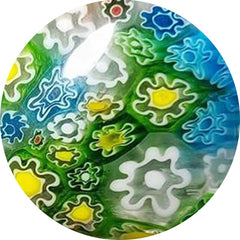 GLASS (160)
GLASS (160)
 GLOW STONE (15)
GLOW STONE (15)
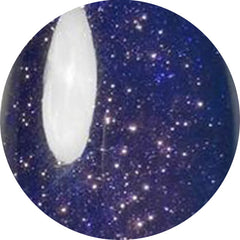 GOLDSTONE (36)
GOLDSTONE (36)
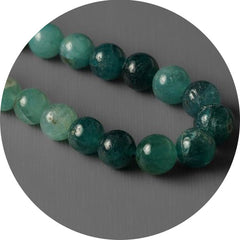 GRANDIDIERITE (8)
GRANDIDIERITE (8)
 GRAPE AGATE (114)
GRAPE AGATE (114)
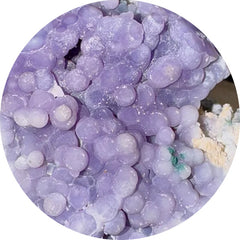 GRAPE CHALCEDONY (4)
GRAPE CHALCEDONY (4)
 Green Gemstones (415)
Green Gemstones (415)
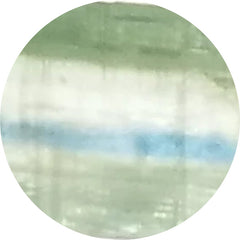 GREEN KYANITE (12)
GREEN KYANITE (12)
 GREEN PRASE OPAL (10)
GREEN PRASE OPAL (10)
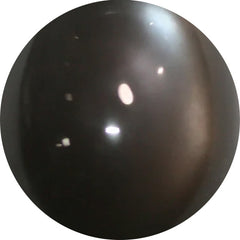 GREY MOONSTONE (31)
GREY MOONSTONE (31)
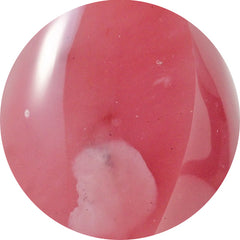 GUAVA QUARTZ (9)
GUAVA QUARTZ (9)
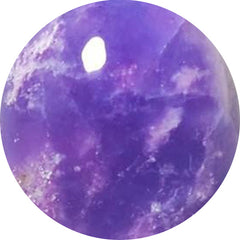 HACKMANITE (12)
HACKMANITE (12)
 HEART CARVING (336)
HEART CARVING (336)
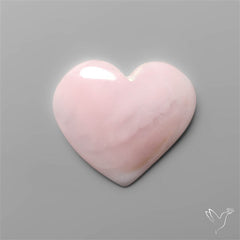 Heart Shape Gemstones (3)
Heart Shape Gemstones (3)
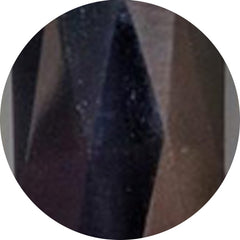 HEMATITE (36)
HEMATITE (36)
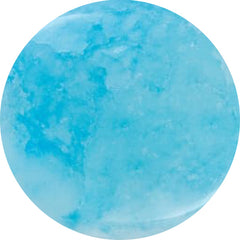 HEMIMORPHITE (54)
HEMIMORPHITE (54)
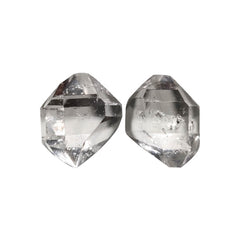 Herkimer Diamond (41)
Herkimer Diamond (41)
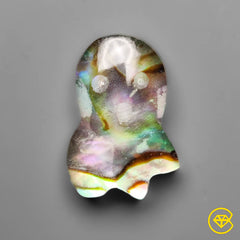 Himalayan Quartz (447)
Himalayan Quartz (447)
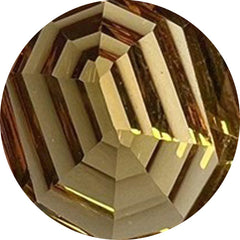 HONEY QUARTZ (20)
HONEY QUARTZ (20)
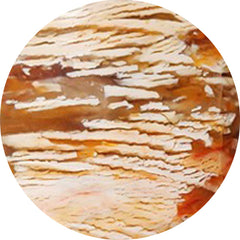 HOWARDITE OPAL (29)
HOWARDITE OPAL (29)
 HOWLITE (4)
HOWLITE (4)
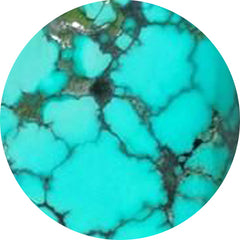 HUBEI TURQUOISE (64)
HUBEI TURQUOISE (64)
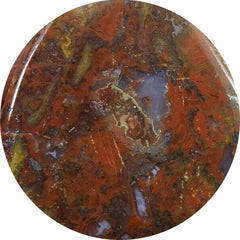 HUNGARIAN AGATE (1)
HUNGARIAN AGATE (1)
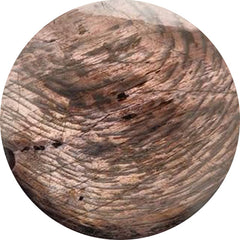 HYPERSTHENE (45)
HYPERSTHENE (45)
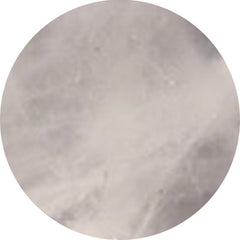 ICE QUARTZ (0)
ICE QUARTZ (0)
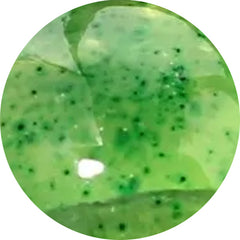 IDOCRASE (1)
IDOCRASE (1)
 IMPERIAL JASPER (82)
IMPERIAL JASPER (82)
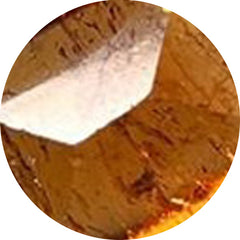 IMPERIAL TOPAZ (0)
IMPERIAL TOPAZ (0)
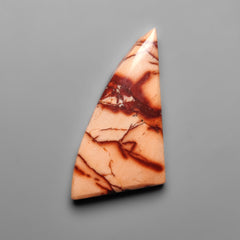 INDIAN PAINT STONE (5)
INDIAN PAINT STONE (5)
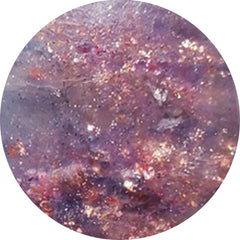 IOLITE (140)
IOLITE (140)
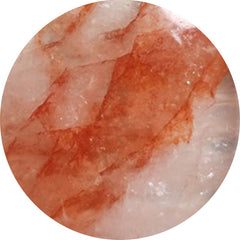 IRON QUARTZ (51)
IRON QUARTZ (51)
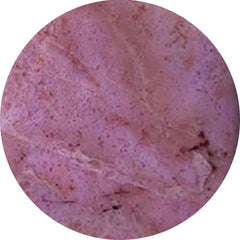 JADE (37)
JADE (37)
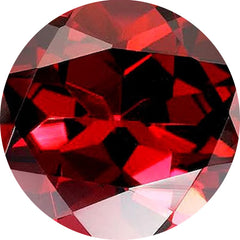 JANUARY BIRTHSTONE (117)
JANUARY BIRTHSTONE (117)
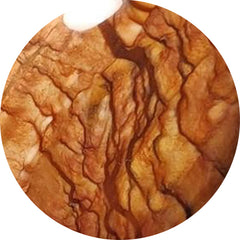 JASPERS (42)
JASPERS (42)
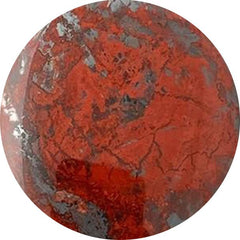 JASPILLITE (5)
JASPILLITE (5)
 JAVA CHALCEDONY (16)
JAVA CHALCEDONY (16)
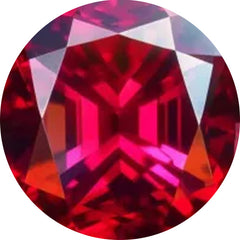 JULY BIRTHSTONE (185)
JULY BIRTHSTONE (185)
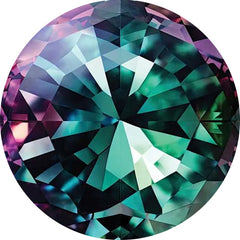 June Birthstones: Moonstone, Pearl, and Alexandrite (623)
June Birthstones: Moonstone, Pearl, and Alexandrite (623)
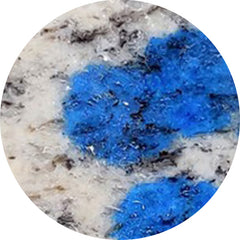 K2 JASPER (9)
K2 JASPER (9)
 KALEIDOSCOPE AGATE (0)
KALEIDOSCOPE AGATE (0)
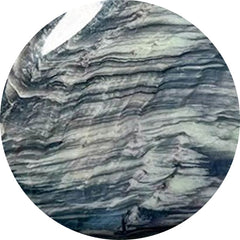 KAMMERERITE (107)
KAMMERERITE (107)
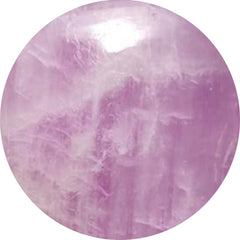 KUNZITE (7)
KUNZITE (7)
 KYANITE (100)
KYANITE (100)
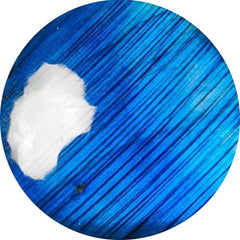 LABRADORITE (270)
LABRADORITE (270)
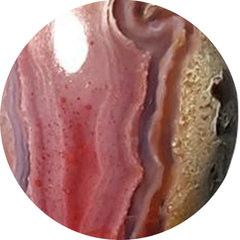 LAGUNA LACE AGATE (61)
LAGUNA LACE AGATE (61)
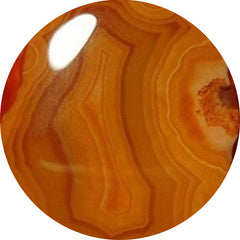 LAKE SUPERIOR AGATE (27)
LAKE SUPERIOR AGATE (27)
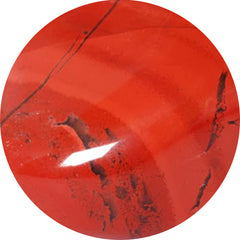 LANDSCAPE JASPER (0)
LANDSCAPE JASPER (0)
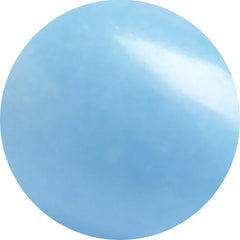 LANGITE (0)
LANGITE (0)
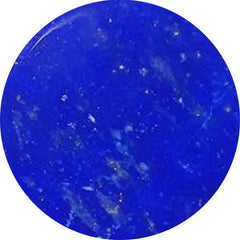 LAPIS LAZULI (175)
LAPIS LAZULI (175)
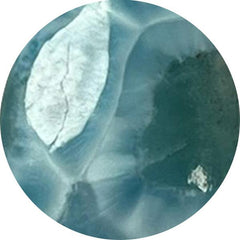 LARIMAR (102)
LARIMAR (102)
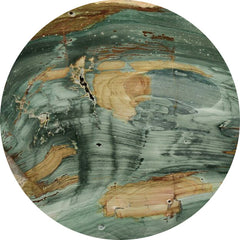 LARSONITE (19)
LARSONITE (19)
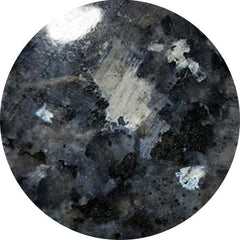 LARVIKITE FELDSPAR (46)
LARVIKITE FELDSPAR (46)
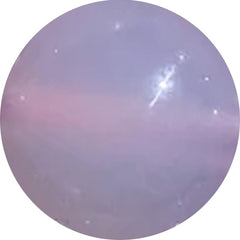 LAVENDER CHALCEDONY (29)
LAVENDER CHALCEDONY (29)
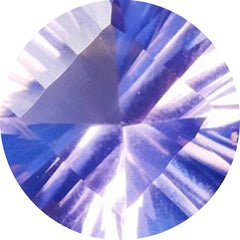 LAVENDER QUARTZ (5)
LAVENDER QUARTZ (5)
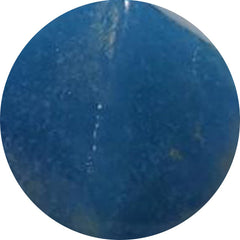 LAZULITE (8)
LAZULITE (8)
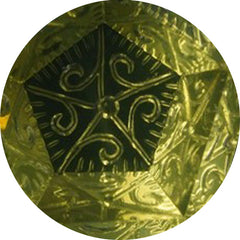 LEMON QUARTZ (45)
LEMON QUARTZ (45)
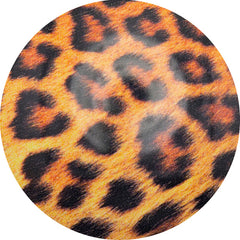 LEOPARD SKIN SHELL (0)
LEOPARD SKIN SHELL (0)
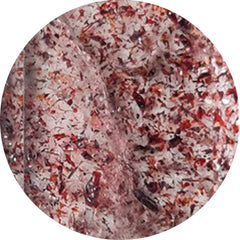 LEPIDOCROCITE (8)
LEPIDOCROCITE (8)
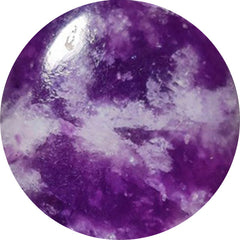 LEPIDOLITE (83)
LEPIDOLITE (83)
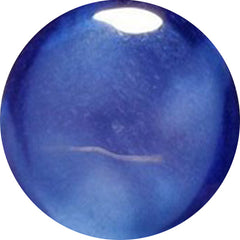 LINDY STAR SAPPHIRE (0)
LINDY STAR SAPPHIRE (0)
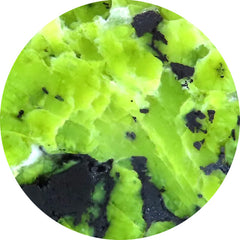 LIZARDITE (59)
LIZARDITE (59)
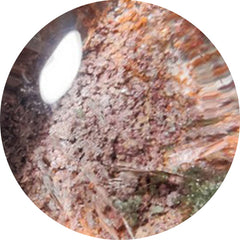 LODOLITE (95)
LODOLITE (95)
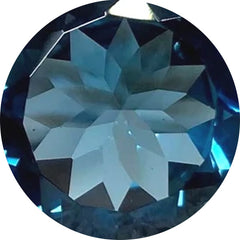 LONDON BLUE TOPAZ (21)
LONDON BLUE TOPAZ (21)
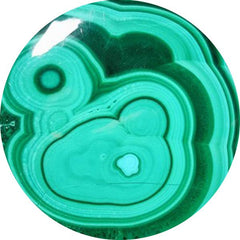 MALACHITE (608)
MALACHITE (608)
 Malawi Moonstone (49)
Malawi Moonstone (49)
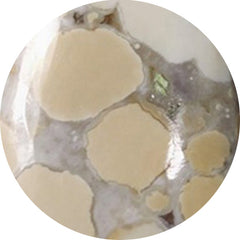 MALIGANO JASPER (73)
MALIGANO JASPER (73)
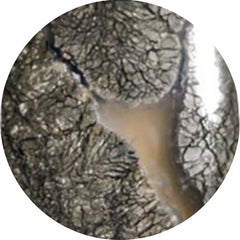 MARCASITE (24)
MARCASITE (24)
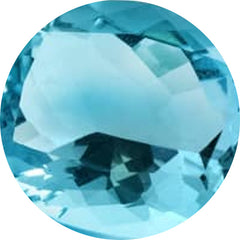 MARCH BIRTHSTONE (100)
MARCH BIRTHSTONE (100)
 Marquise Shape Gemstones (7)
Marquise Shape Gemstones (7)
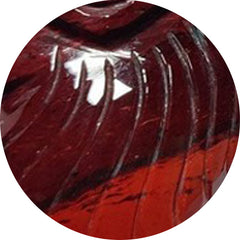 MARY ELLEN JASPER (0)
MARY ELLEN JASPER (0)
 MAW SIT SIT (18)
MAW SIT SIT (18)
 MAY BIRTHSTONE (65)
MAY BIRTHSTONE (65)
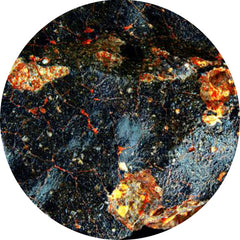 METEORITE (24)
METEORITE (24)
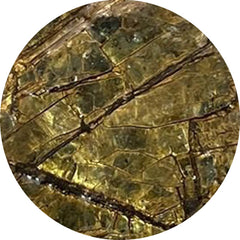 MICA (45)
MICA (45)
 MIDNIGHT QUARTZITE (21)
MIDNIGHT QUARTZITE (21)
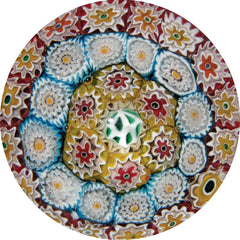 MILLEFIORI GLASS (2)
MILLEFIORI GLASS (2)
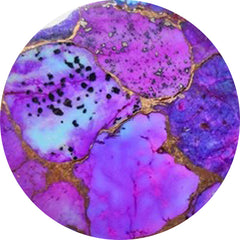 MOHAVE TURQUOISE (76)
MOHAVE TURQUOISE (76)
 MOHAWKITES (0)
MOHAWKITES (0)
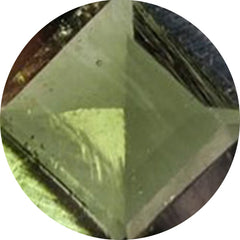 MOLDAVITE (27)
MOLDAVITE (27)
 MONARCH OPAL (10)
MONARCH OPAL (10)
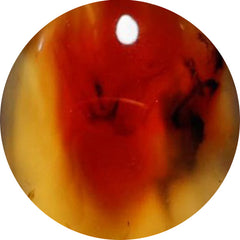 MONTANA AGATE (93)
MONTANA AGATE (93)
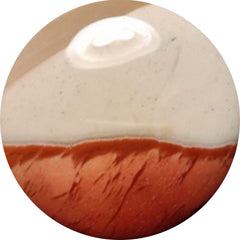 MOOKAITE (38)
MOOKAITE (38)
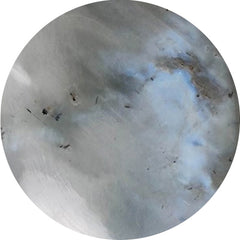 MOONSTONE (310)
MOONSTONE (310)
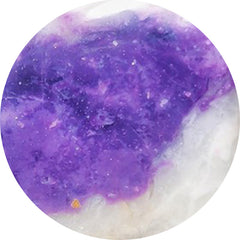 MORADO OPAL (1)
MORADO OPAL (1)
 Morenci Turquoise (0)
Morenci Turquoise (0)
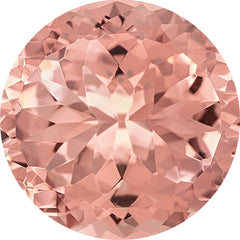 MORGANITE (0)
MORGANITE (0)
 MOROCCAN SEAM AGATE (108)
MOROCCAN SEAM AGATE (108)
 MOSS AGATE (414)
MOSS AGATE (414)
 MOTHER OF PEARL (489)
MOTHER OF PEARL (489)
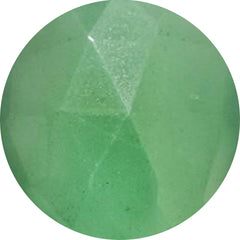 MTOROLITE (46)
MTOROLITE (46)
 Mughal Carving (514)
Mughal Carving (514)
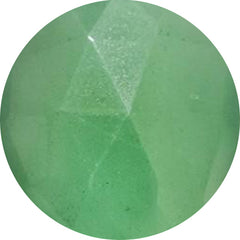 MUSCOVITE (21)
MUSCOVITE (21)
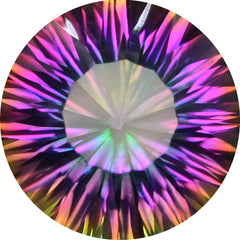 MYSTIC QUARTZ (1)
MYSTIC QUARTZ (1)
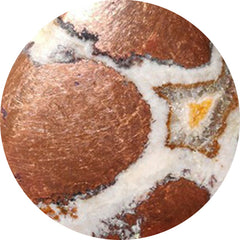 NATIVE COPPER (34)
NATIVE COPPER (34)
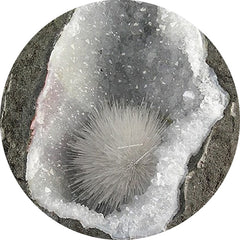 NATROLITE (27)
NATROLITE (27)
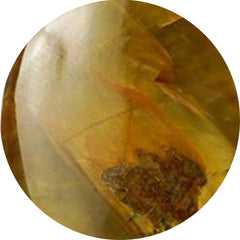 NELLITE (8)
NELLITE (8)
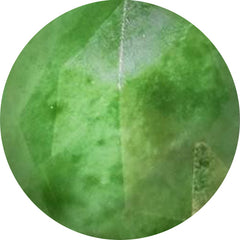 NEPHRITE JADE (4)
NEPHRITE JADE (4)
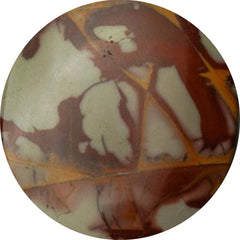 NOREENA JASPER (32)
NOREENA JASPER (32)
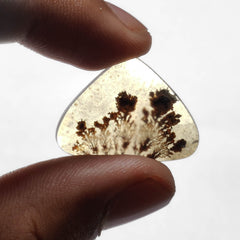 NOVEMBER BIRTHSTONE (92)
NOVEMBER BIRTHSTONE (92)
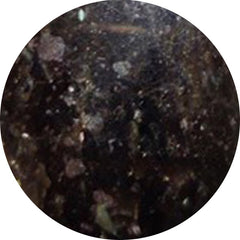 NUUMMITE (0)
NUUMMITE (0)
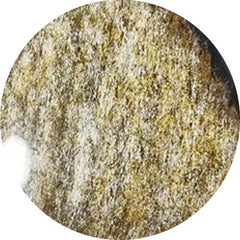 OBSIDIAN (364)
OBSIDIAN (364)
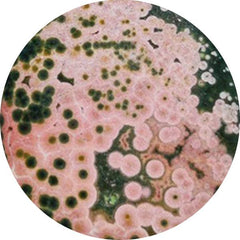 OCEAN JASPER (288)
OCEAN JASPER (288)
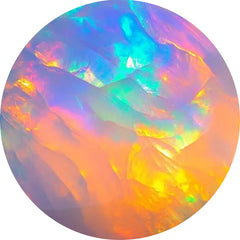 OCTOBER BIRTHSTONE (172)
OCTOBER BIRTHSTONE (172)
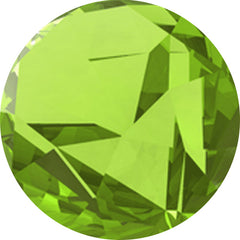 OLIVE QUARTZ (6)
OLIVE QUARTZ (6)
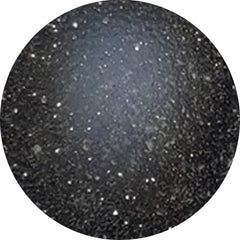 ONYX (289)
ONYX (289)
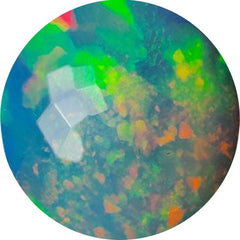 Opal (1021)
Opal (1021)
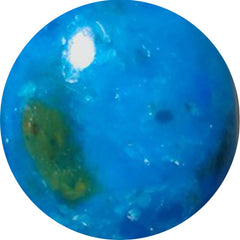 OPALINA (11)
OPALINA (11)
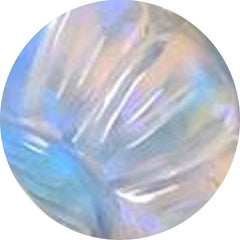 OPALITE (27)
OPALITE (27)
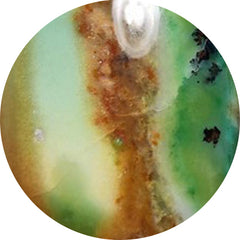 OPALWOOD (5)
OPALWOOD (5)
 Orange Gemstones (316)
Orange Gemstones (316)
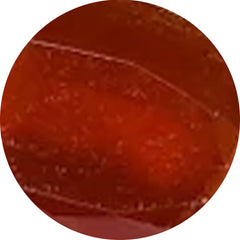 ORANGE KYANITE (3)
ORANGE KYANITE (3)
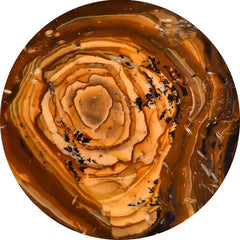 OREGON JASPER (7)
OREGON JASPER (7)
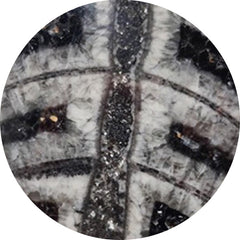 ORTHOCERAS FOSSIL (42)
ORTHOCERAS FOSSIL (42)
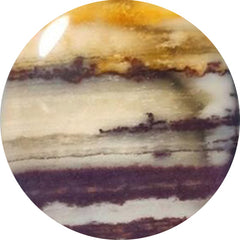 OUTBACK JASPER (5)
OUTBACK JASPER (5)
 Oval Shape Gemstones (10)
Oval Shape Gemstones (10)
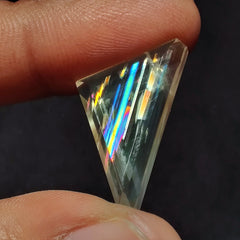 OVER $50 (213)
OVER $50 (213)
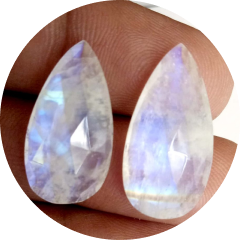 Pairs (1077)
Pairs (1077)
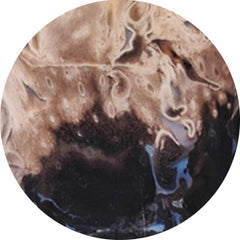 PALMROOT AGATE (62)
PALMROOT AGATE (62)
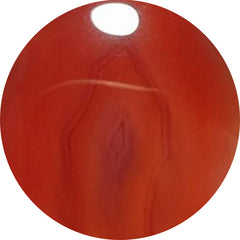 PASSION AGATE (1)
PASSION AGATE (1)
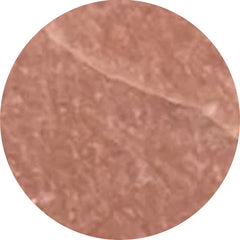 PEACH MOONSTONE (48)
PEACH MOONSTONE (48)
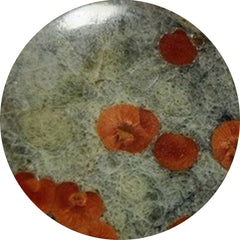 PEANUT OBSIDIAN (41)
PEANUT OBSIDIAN (41)
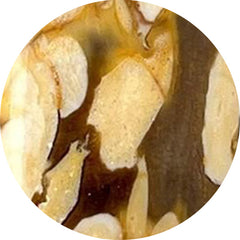 PEANUT WOOD JASPER (91)
PEANUT WOOD JASPER (91)
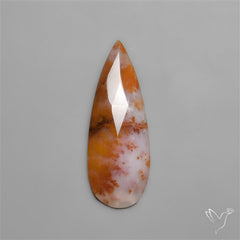 Pear Shape Gemstones (11)
Pear Shape Gemstones (11)
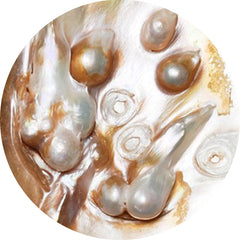 PEARL (623)
PEARL (623)
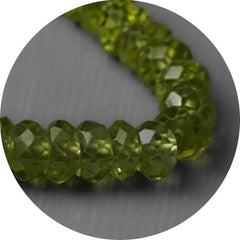 PERIDOT (24)
PERIDOT (24)
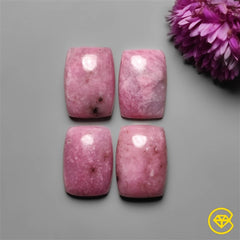 PETALITE (23)
PETALITE (23)
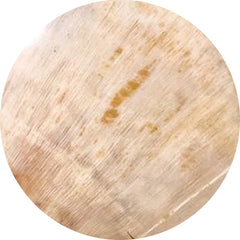 PETRIFIED WOOD (49)
PETRIFIED WOOD (49)
 PHOSPHOSIDERITE (96)
PHOSPHOSIDERITE (96)
 PICASSO JASPER (71)
PICASSO JASPER (71)
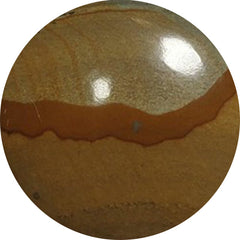 PICTURE JASPER (71)
PICTURE JASPER (71)
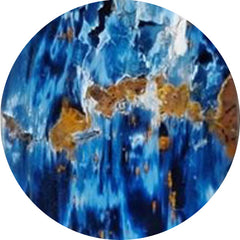 PIETERSITE (60)
PIETERSITE (60)
 Pink Gemstones (417)
Pink Gemstones (417)
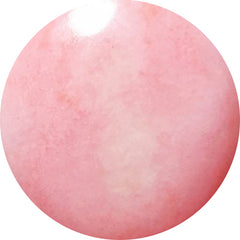 PINK OPAL (153)
PINK OPAL (153)
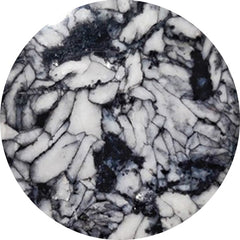 PINOLITH (38)
PINOLITH (38)
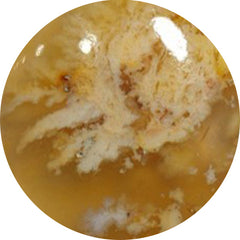 PLUME AGATE (96)
PLUME AGATE (96)
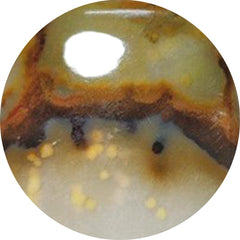 POLKA DOT AGATE (41)
POLKA DOT AGATE (41)
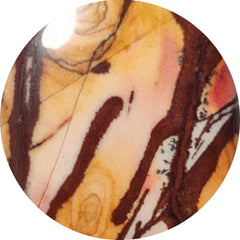 POLYCHROME JASPER (48)
POLYCHROME JASPER (48)
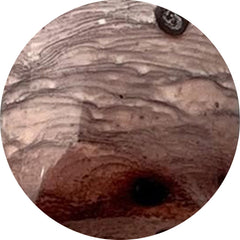 PORCELAIN JASPER (33)
PORCELAIN JASPER (33)
 PRASIOLITE (48)
PRASIOLITE (48)
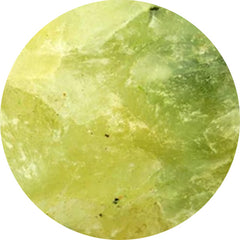 PREHNITE (24)
PREHNITE (24)
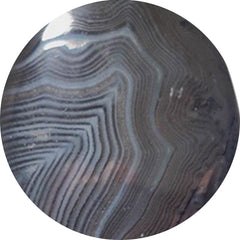 PSILOMELANE (24)
PSILOMELANE (24)
 PURPLE CHALCEDONY (45)
PURPLE CHALCEDONY (45)
 Purple Gemstones (925)
Purple Gemstones (925)
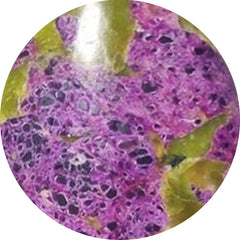 PURPURITE (8)
PURPURITE (8)
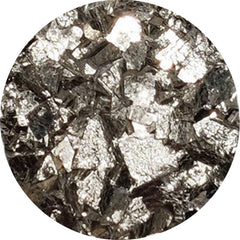 PYRITE (133)
PYRITE (133)
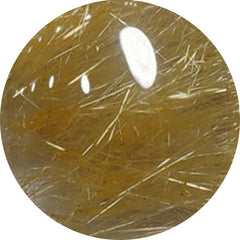 QUARTZ (122)
QUARTZ (122)
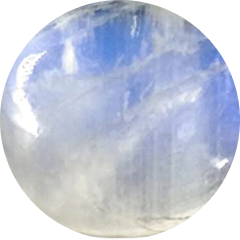 Rain Moonstones (0)
Rain Moonstones (0)
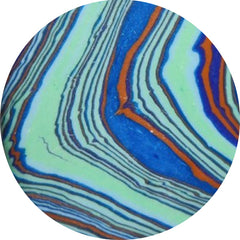 RAINBOW CALCILICA (13)
RAINBOW CALCILICA (13)
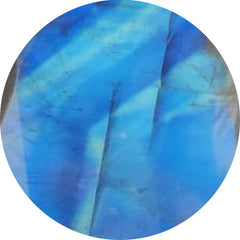 RAINBOW MOONSTONE (70)
RAINBOW MOONSTONE (70)
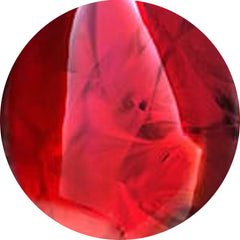 RED FOSSIL (0)
RED FOSSIL (0)
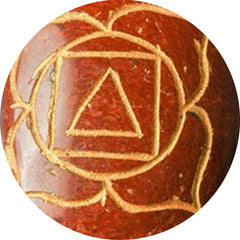 RED JASPER (3)
RED JASPER (3)
 Red Moss Agate (86)
Red Moss Agate (86)
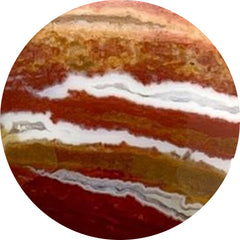 RED RIVER JASPER (16)
RED RIVER JASPER (16)
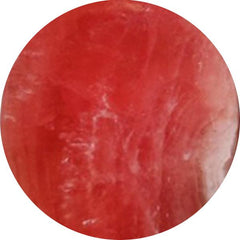 RHODOCHROSITE (357)
RHODOCHROSITE (357)
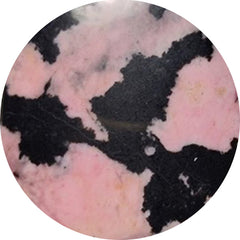 RHODONITE (83)
RHODONITE (83)
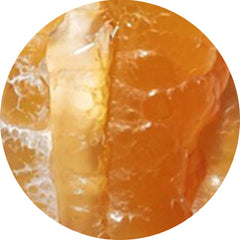 ROCK CHALCEDONY (2)
ROCK CHALCEDONY (2)
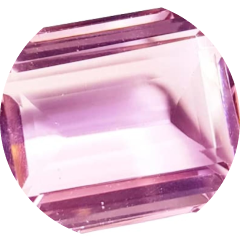 Rose Cut Gemstones (759)
Rose Cut Gemstones (759)
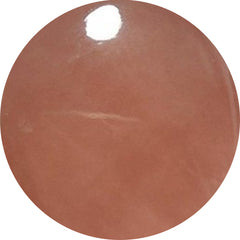 ROSE QUARTZ (58)
ROSE QUARTZ (58)
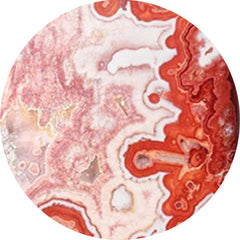 ROSITA JASPER (12)
ROSITA JASPER (12)
 Round Shape Gemstones (9)
Round Shape Gemstones (9)
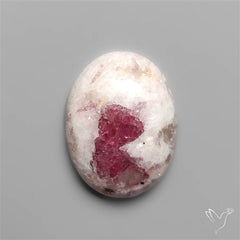 Rubellite (16)
Rubellite (16)
 RUBY IN FUCHSITE (5)
RUBY IN FUCHSITE (5)
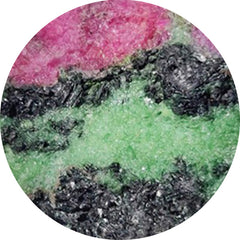 RUBY IN ZOISITE (95)
RUBY IN ZOISITE (95)
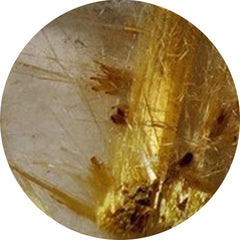 RUTILATED QUARTZ (254)
RUTILATED QUARTZ (254)
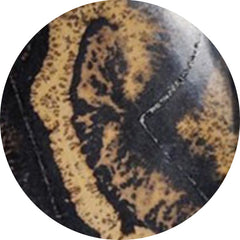 SAGE BRUSH JASPER (0)
SAGE BRUSH JASPER (0)
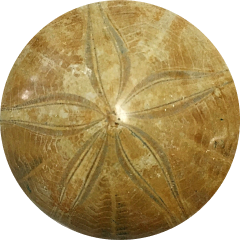 SAND DOLLAR FOSSIL (4)
SAND DOLLAR FOSSIL (4)
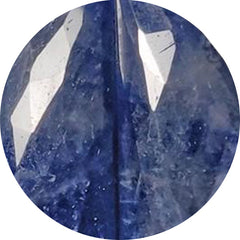 SAPPHIRE (43)
SAPPHIRE (43)
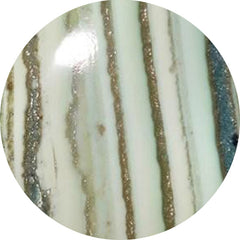 SATURN CHALCEDONY (61)
SATURN CHALCEDONY (61)
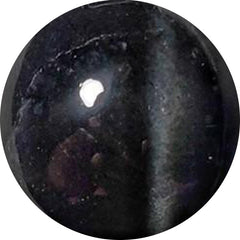 SCAPOLITE (13)
SCAPOLITE (13)
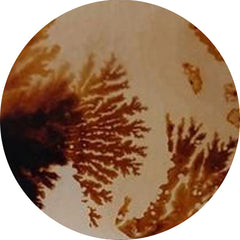 SCENIC AGATE (117)
SCENIC AGATE (117)
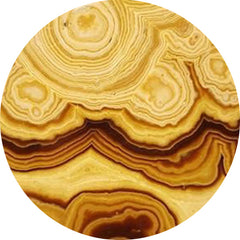 SCHALENBLENDE (102)
SCHALENBLENDE (102)
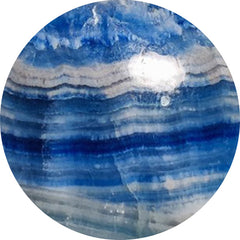 SCHEELITE (37)
SCHEELITE (37)
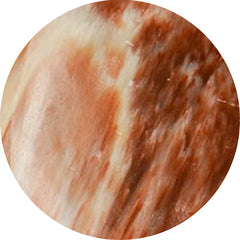 SCOLECITE (50)
SCOLECITE (50)
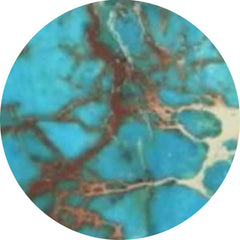 SEA SEDIMENT JASPER (1)
SEA SEDIMENT JASPER (1)
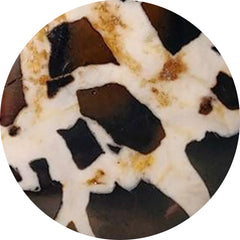 SEPTARIAN (94)
SEPTARIAN (94)
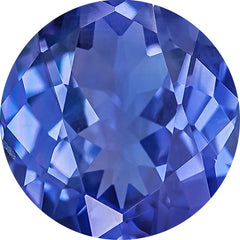 SEPTEMBER BIRTHSTONE (177)
SEPTEMBER BIRTHSTONE (177)
 SERAPHINITE (74)
SERAPHINITE (74)
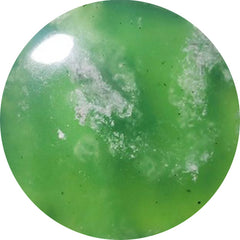 SERPENTINE (181)
SERPENTINE (181)
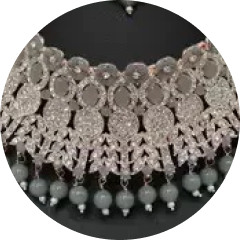 SETS (0)
SETS (0)
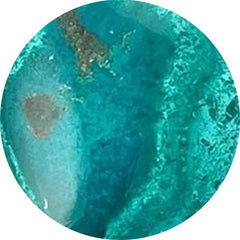 SHATTUCKITE (287)
SHATTUCKITE (287)
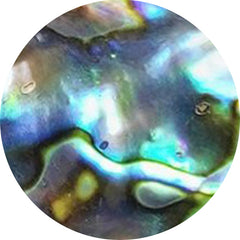 SHELL (275)
SHELL (275)
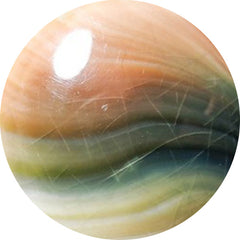 SHIVA EYE SHELL (48)
SHIVA EYE SHELL (48)
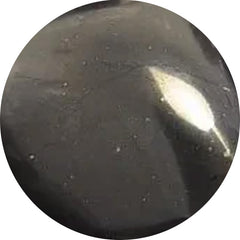 SHUNGITE (5)
SHUNGITE (5)
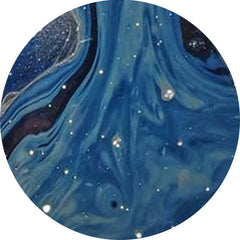 SIEBER AGATE (0)
SIEBER AGATE (0)
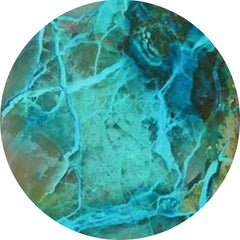 SILICA (4)
SILICA (4)
 Silver Leaf Jasper (9)
Silver Leaf Jasper (9)
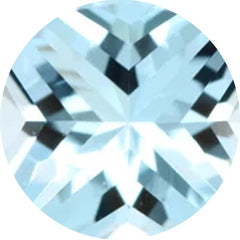 SKY BLUE TOPAZ (5)
SKY BLUE TOPAZ (5)
 SMITHSONITE (33)
SMITHSONITE (33)
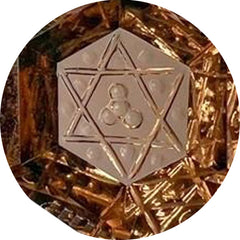 SMOKY QUARTZ (26)
SMOKY QUARTZ (26)
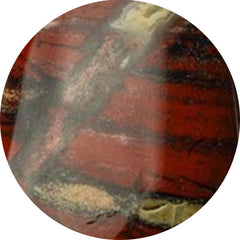 SNAKESKIN JASPER (54)
SNAKESKIN JASPER (54)
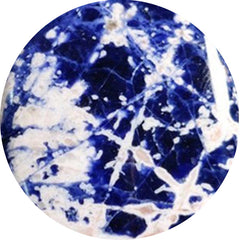 SODALITE (81)
SODALITE (81)
 SOLAR AGATE (0)
SOLAR AGATE (0)
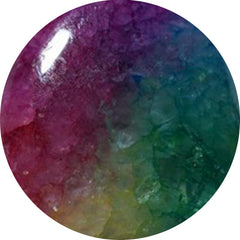 SOLAR QUARTZ (53)
SOLAR QUARTZ (53)
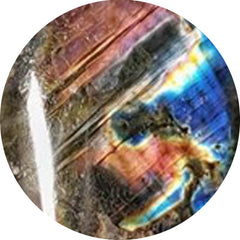 SPECTROLITE (67)
SPECTROLITE (67)
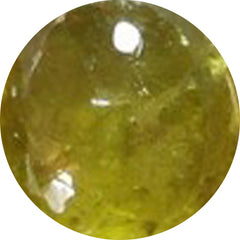 SPHENCE (25)
SPHENCE (25)
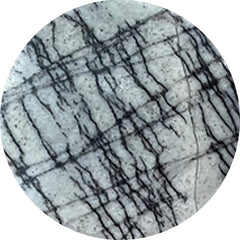 SPIDERWEB JASPER (3)
SPIDERWEB JASPER (3)
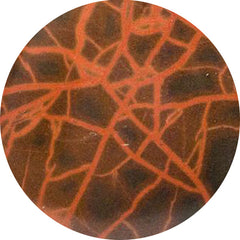 SPIDERWOMAN JASPER (0)
SPIDERWOMAN JASPER (0)
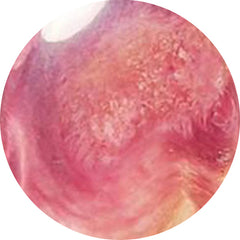 SPINY OYSTER SHELL (59)
SPINY OYSTER SHELL (59)
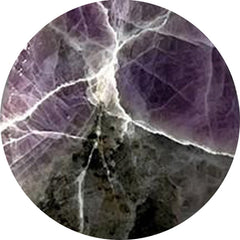 SPURRITE (7)
SPURRITE (7)
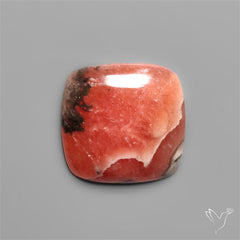 Square Shape Gemstones (10)
Square Shape Gemstones (10)
 STARBURST (1)
STARBURST (1)
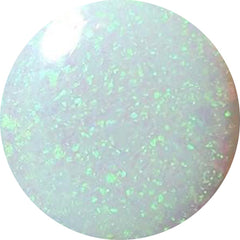 STERLING OPAL (1)
STERLING OPAL (1)
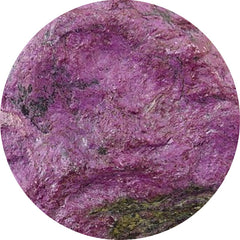 Stichtite (38)
Stichtite (38)
 STICK AGATE (7)
STICK AGATE (7)
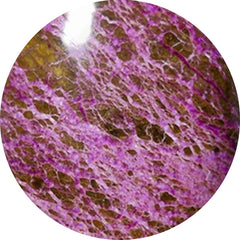 STITCHTITE (125)
STITCHTITE (125)
 STRAMATOLITE (0)
STRAMATOLITE (0)
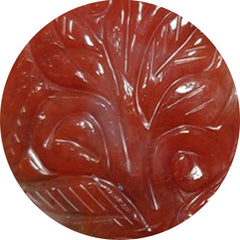 STRAWBERRY QUARTZ (13)
STRAWBERRY QUARTZ (13)
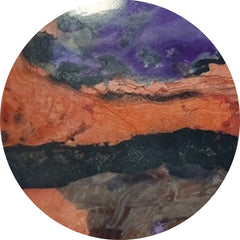 SUGILITE (1)
SUGILITE (1)
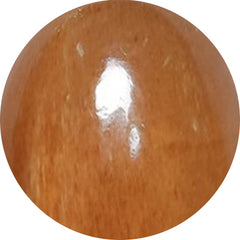 SUNSTONE (198)
SUNSTONE (198)
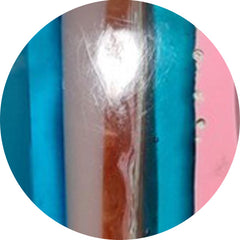 SURFITE (1)
SURFITE (1)
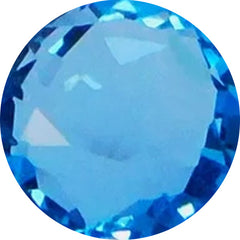 SWISS BLUE TOPAZ (34)
SWISS BLUE TOPAZ (34)
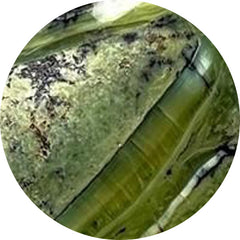 SWISS OPAL (0)
SWISS OPAL (0)
 TANZANITE (29)
TANZANITE (29)
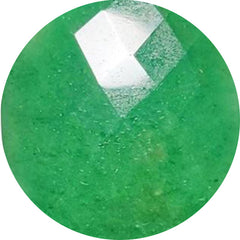 TANZURINE (11)
TANZURINE (11)
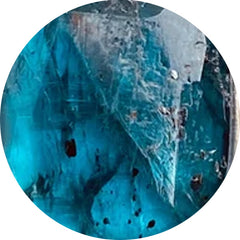 TEAL KYANITE (9)
TEAL KYANITE (9)
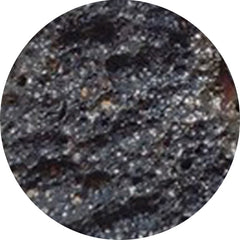 TEKTITE (42)
TEKTITE (42)
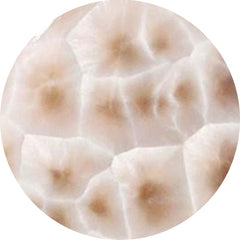 THOMSONITE (36)
THOMSONITE (36)
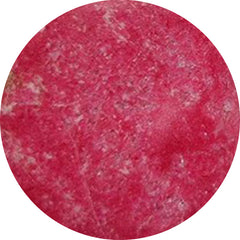 THULITE (87)
THULITE (87)
 THUNDER EGG AGATE (0)
THUNDER EGG AGATE (0)
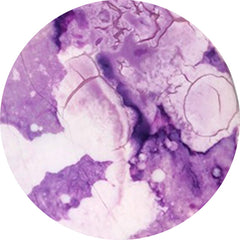 TIFFANY STONE (8)
TIFFANY STONE (8)
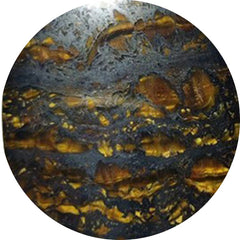 TIGER EYE (69)
TIGER EYE (69)
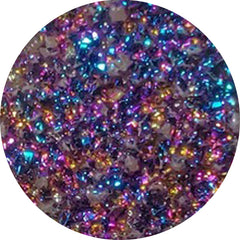 TITANIUM DRUZY (5)
TITANIUM DRUZY (5)
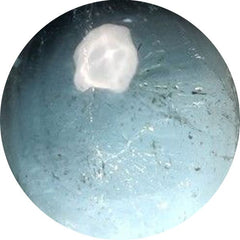 TOPAZ (63)
TOPAZ (63)
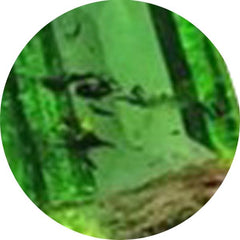 TOURMALINE (183)
TOURMALINE (183)
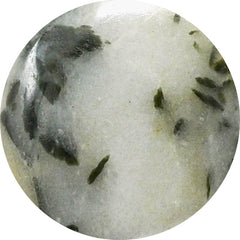 TOURMALINE IN QUARTZ (87)
TOURMALINE IN QUARTZ (87)
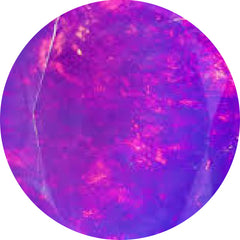 TREATED OPAL (37)
TREATED OPAL (37)
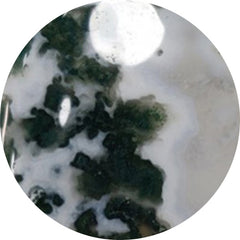 TREE AGATE (31)
TREE AGATE (31)
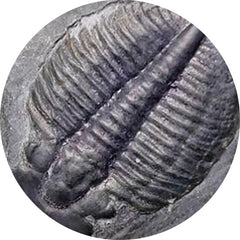 TRILOBITE FOSSIL (14)
TRILOBITE FOSSIL (14)
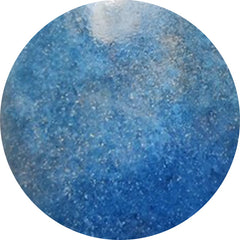 TROLLEITE QUARTZ (30)
TROLLEITE QUARTZ (30)
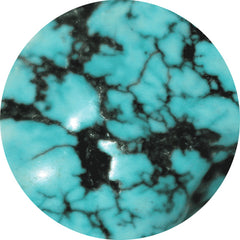 TUMBLES (1)
TUMBLES (1)
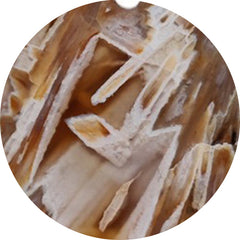 TURKISH TUBE AGATE (63)
TURKISH TUBE AGATE (63)
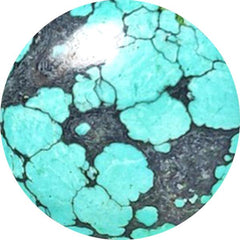 TURQUOISE (271)
TURQUOISE (271)
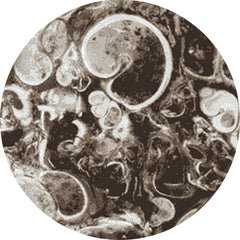 TURRITELLA JASPER (2)
TURRITELLA JASPER (2)
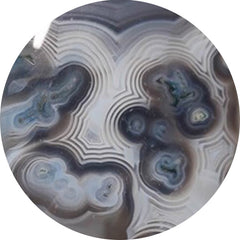 TUXEDO AGATE (75)
TUXEDO AGATE (75)
 Unakite (4)
Unakite (4)
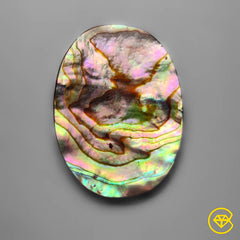 UNDER $10 (4216)
UNDER $10 (4216)
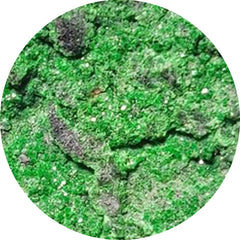 UVAROVITE GARNET (3)
UVAROVITE GARNET (3)
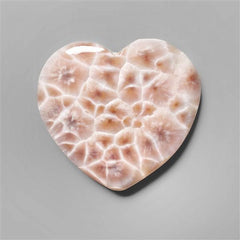 Valentine (728)
Valentine (728)
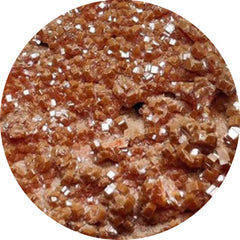 VANADINITE DRUZY (9)
VANADINITE DRUZY (9)
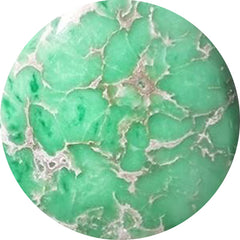 VARISCITE (133)
VARISCITE (133)
 VESUVIANITE (1)
VESUVIANITE (1)
 VIVIANITE (0)
VIVIANITE (0)
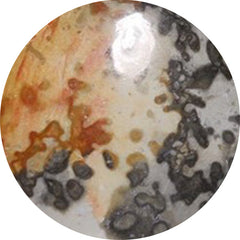 VOLCANIC COTHAM MARBLE (7)
VOLCANIC COTHAM MARBLE (7)
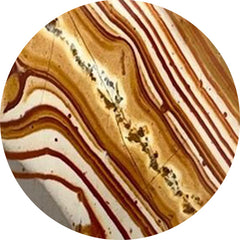 WAGUL JASPER (3)
WAGUL JASPER (3)
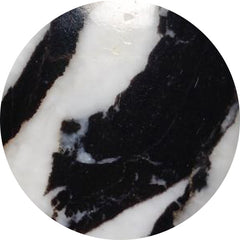 WHITE BUFFALO TURQUOISE (20)
WHITE BUFFALO TURQUOISE (20)
 White Gemstones (1088)
White Gemstones (1088)
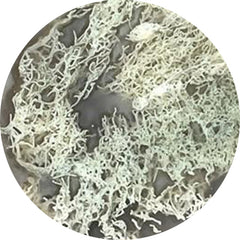 WHITE HORSE CANYON (47)
WHITE HORSE CANYON (47)
 WHITE MOONSTONE (42)
WHITE MOONSTONE (42)
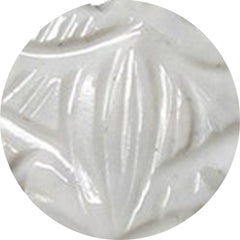 WHITE OPAL (13)
WHITE OPAL (13)
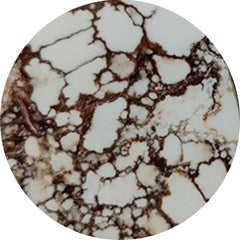 WILD HORSE JASPER (126)
WILD HORSE JASPER (126)
 WILD HORSE MAGNESITE (51)
WILD HORSE MAGNESITE (51)
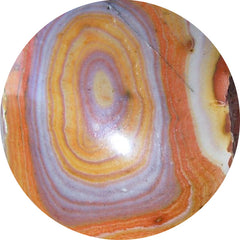 WONDER STONE (1)
WONDER STONE (1)
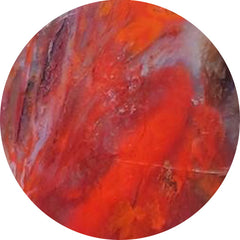 WOOD (206)
WOOD (206)
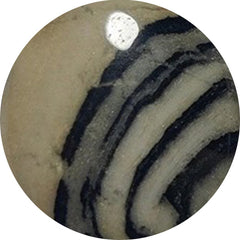 YAVAPAI TRAVERTINE (0)
YAVAPAI TRAVERTINE (0)
 Yellow Gemstones (162)
Yellow Gemstones (162)
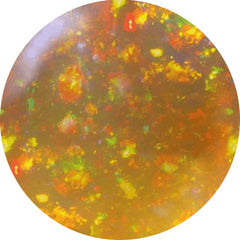 YELLOW OPAL (8)
YELLOW OPAL (8)
 YEMENI AQEEQ (0)
YEMENI AQEEQ (0)
 ZARINITE (0)
ZARINITE (0)
 ZEBRA JASPER (1)
ZEBRA JASPER (1)
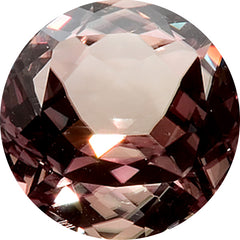 ZULTANITE (5)
ZULTANITE (5)















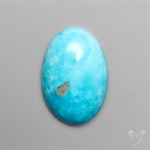





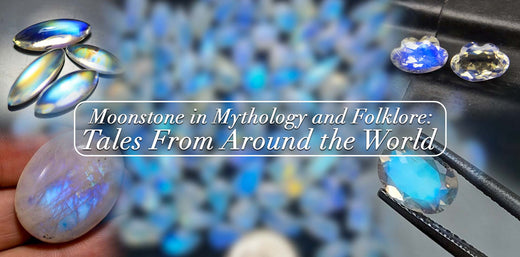
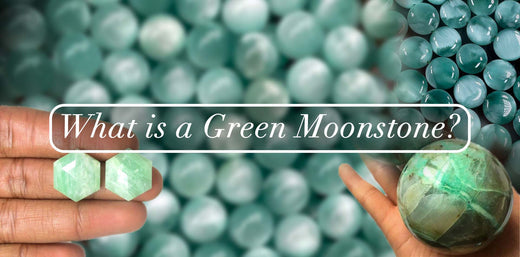

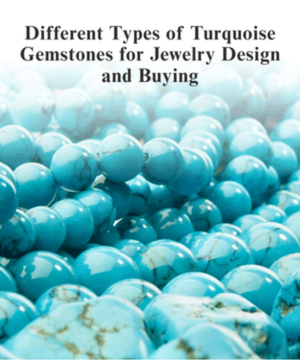
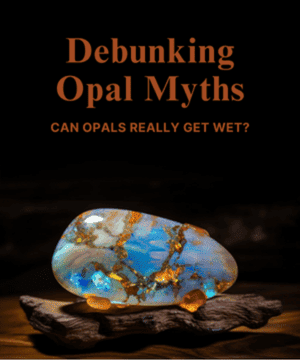
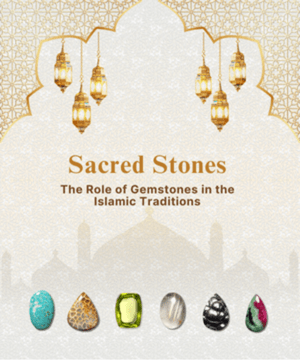

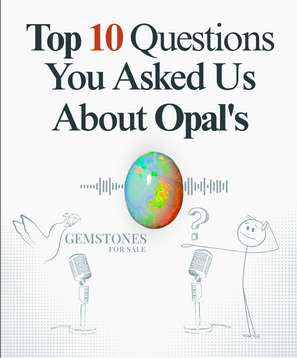
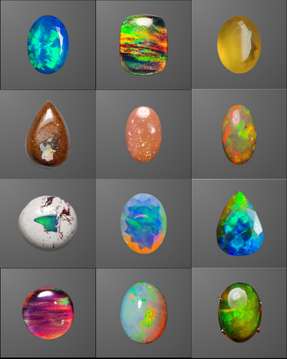



Leave a Comment